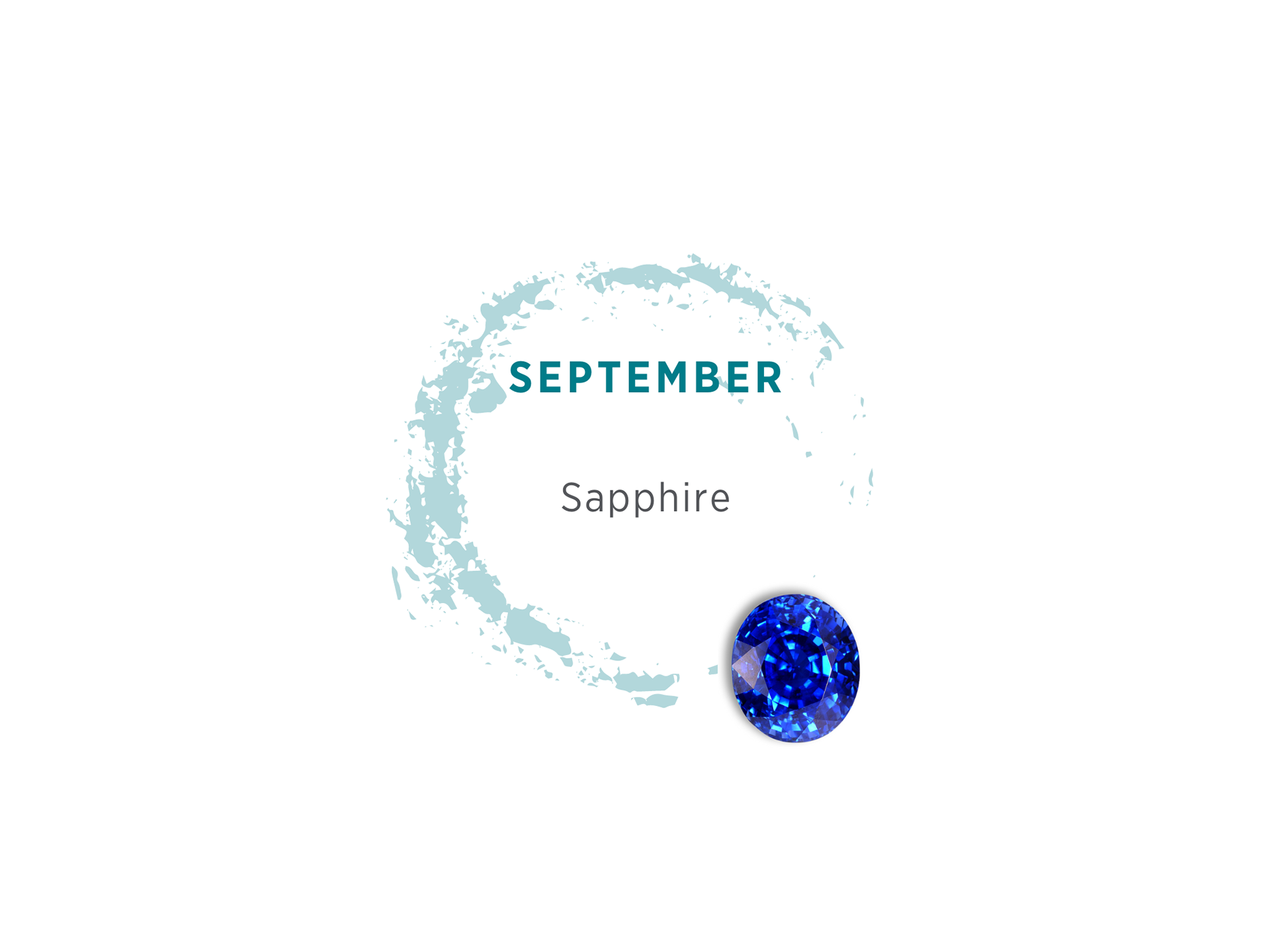Did you know that not all sapphires are blue?
Sapphires are sourced in various countries, including the United States, Myanmar, Australia, Sri Lanka, Thailand, and Kashmir. They come in many colours, including pink, peach, orange, yellow, green, teal, and purple, which may be surprising to some people. However, top-quality blue sapphires remain one of the rarest gemstones.
According to The American Gem Society, the world record price-per-carat for sapphire was set by a gemstone from Kashmir, which sold at auction for $242,000 per carat (more than $6.74 million total) in October 2015.
The rarest type of sapphire comes from Sri Lanka. It is a pinkish-orange variety called padparadscha, the word for lotus flower.
Many associate sapphires with wise judgment, royalty, and romance. For example, Greeks wore sapphires for guidance when seeking answers from their priests, and Buddhists believed it brought spiritual enlightenment. In addition, early Christian kings believed that sapphire has powers of protection.
Today, sapphires are also manufactured in labs and are known as ‘synthetic sapphires’. These sapphires are used in many industrial applications, including integrated circuits, satellite communication systems, high-durability windows, and scientific instruments.
Sapphire became a household name after Prince Charles gifted Lady Di a 12-carat blue sapphire engagement ring. Prince William later gave this ring to Kate Middleton when he proposed in 2010. Royal blue sapphires were often worn by medieval kings, who believed that the gemstones would protect them from their enemies.
Sapphire is a relatively hard gem. It is sturdy and does not have cleavages which is a tendency to break when struck. The only natural gemstone that can scratch a sapphire is a diamond. Because of these characteristics, sapphires make an excellent choice for engagement rings and other jewellery worn daily.
One little known fact is that sapphires often get treated to improve the clarity and colour of the stone. So, before buying jewellery with a sapphire, make sure to ask if and how the stone has been treated.
Finally, to clean your sapphire, use warm soapy water. Jewellers often use ultrasonic, and steam cleaners and are considered safe for untreated stones.








